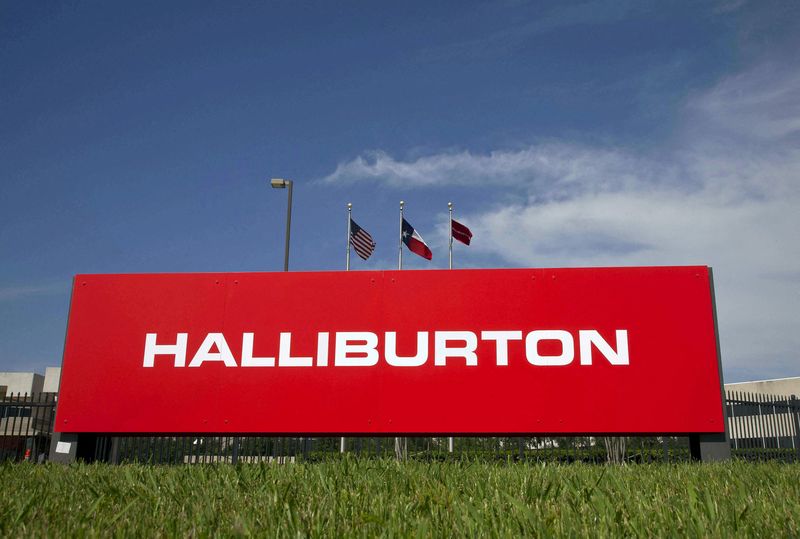Street Calls of the Week
By Arathy Somasekhar and Arunima Kumar
(Reuters) -Halliburton Co and Baker Hughes Co on Wednesday reported results that beat analysts' estimates for second-quarter profit, but the oilfield services firms warned of weakness in U.S. shale activity for the rest of the year.
Weaker oil and gas prices have forced U.S. shale producers to cut the number of active rigs by 11% in the April-June quarter, hurting demand for drilling equipment and services.
"Looking ahead into the second half, I expect overall market activity in North America will be slightly lower than in the first half," Halliburton (NYSE:HAL) Chief Executive Jeff Miller said.
Halliburton, the top U.S. fracking service provider, forecast its third quarter revenue from well completion and productions to be flat sequentially, while drilling and evaluation operations could increase at a low single-digit percentage rate.
"The environment in North America has leveled off, and we're hearing some of the customers requesting discounts," Baker Hughes Chief Executive Lorenzo Simonelli said.
Pricing for its technology in North America should not change, Simonelli added.
International markets were a bright spot for both Houston-based companies thanks to a resurgence in offshore and activity in the Middle East and Latin America since Russia's invasion of Ukraine last year.
"There is more concern about North America than international markets," said Peter McNally, an analyst at research firm Third Bridge.
"It is likely that investors are going to wait and see until we get midyear budget updates from U.S. shale producers," McNally added.
Halliburton shares were down 1.5% at $37.52 in early trading as markets worried about its exposure to North America markets. Baker Hughes shares were up 1.1% at $35.45 thanks to its exposure to liquefied natural gas markets. Three new U.S. LNG export projects have received financial go-aheads this year.
Baker Hughes, a major equipment supplier to LNG developers, raised its order outlook for its industrial and energy technology segment, which includes its LNG business, by $1 billion to about $12 billion for the year. That helped the company raise the lower end of its full year revenue guidance to between $24.8 billion and $26 billion, largely in line with analysts' estimate for $25.3 billion.
The company topped estimates by 6 cents per share at 39 cents, while Halliburton beat analysts' estimate by 2 cents at 77 cents per share for the three months ended June 30, according to Refinitiv data.
